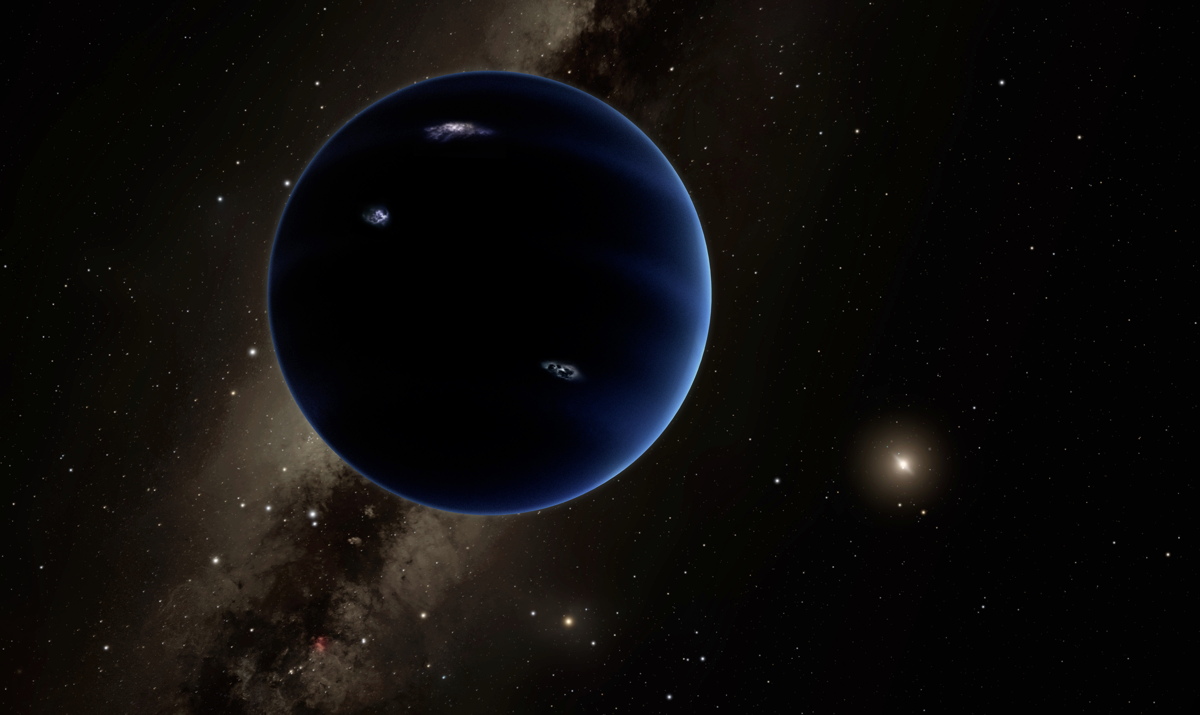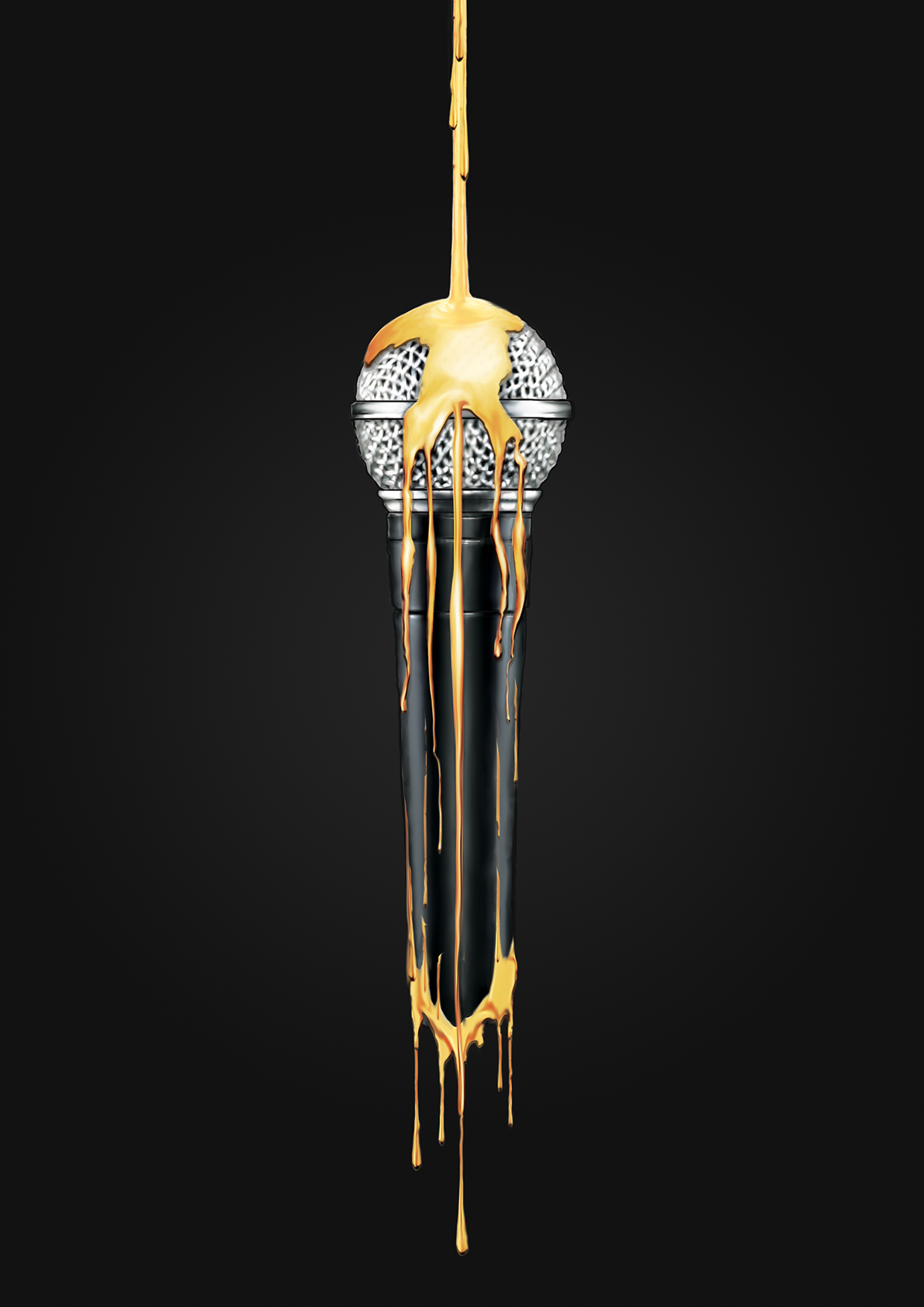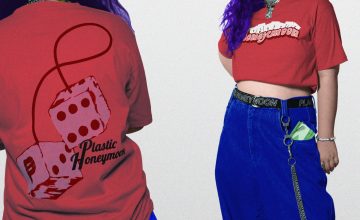By Nico Pascual
Image: Caltech
A new study may have found evidence of the mysterious Planet Nine. This dark planet – which hasn’t been observed yet – could be a celestial remnant of another solar system. In other words, the mysterious planet could have been ripped from “another star.”
Alexander Mustill, an astronomer at Lund University in Sweden, has mentioned that the chances of finding an exoplanet in our own cosmic backyard is easier than expected. “It is almost ironic that while astronomers often find exoplanets hundreds of light-years away in other solar systems, there’s probably one hiding in our own backyard.”
Planet Nine, which is estimated to be 10 times more massive than our own, was put forward as a hypothesis from two Caltech scientists earlier this year while they were observing the Kuiper Belt. They were initially observing anomalies among the icy objects located there, and what they inferred from the data didn’t fit any known pattern.”This would be a real ninth planet,” Mike Brown of Caltech in Pasadena, said in a statement. “There have only been two true planets discovered since ancient times, and this would be a third.”
A new study brings to light the reported planet’s origins. Mustill suggested that the planet was most likely stolen from another star or stellar cluster when our Sun was in close proximity to it. His team used computer simulated models to hypothesize how the Sun could have possibly have captured Planet Nine. The closest answer they could find were the densely packed star clusters where stars like our own Sun were formed. It was during these close encounters where stars could ‘steal’ planets and make them change orbit. The idea might seem far-fetched, but scientists are working round the clock to come up with concrete evidence to back up their latest study.
But if we are believe Mustill’s hypothesis, then Planet Nine could be a far more interesting place than we initially thought. “This is the only exoplanet that we, realistically, would be able to reach using a space probe,” Mustill said.
You can read the abstract of the new study here.

























Comments